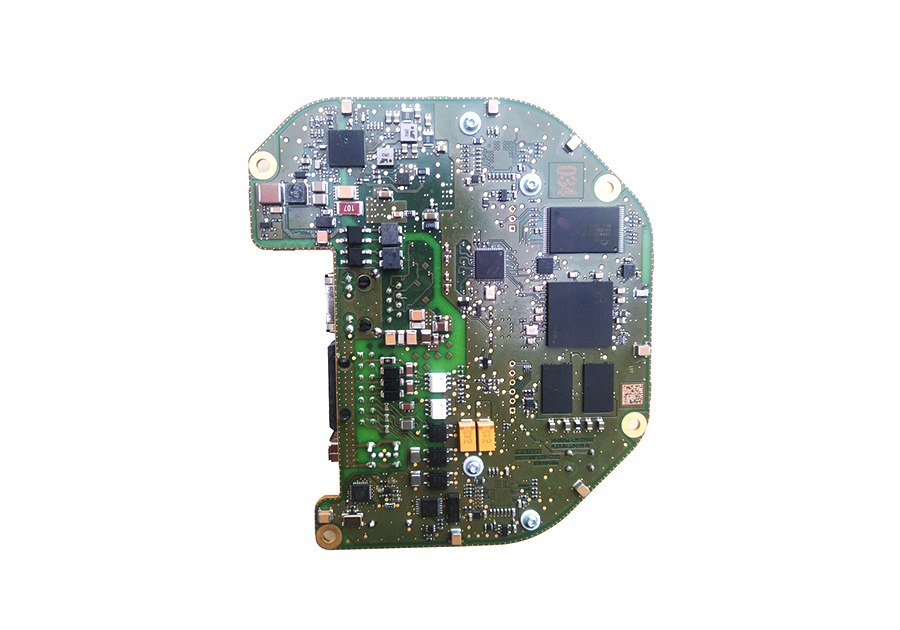-
CN
-
Service Hotline
+8618129931046 Mr. Liao


Time:2025-06-18 Views:1

The stack-up structure design of multilayer PCBs is a critical process that directly affects the electrical performance, mechanical stability, and manufacturing cost of the board. Several key principles guide this design.
Firstly, power and ground plane arrangement is of utmost importance. Adjacent power and ground planes create a parallel-plate capacitor effect, which helps in decoupling high-frequency noise and providing a stable power supply to the components. By keeping the distance between these planes as small as possible while still meeting the manufacturing tolerances, a lower impedance path for return currents is established, reducing electromagnetic interference (EMI). For example, in high-speed digital circuits, proper power and ground plane pairing can significantly improve the signal integrity of the clock and data lines.
Secondly, signal layer separation and routing considerations are vital. To minimize crosstalk between high-speed signals, different signal layers should be separated by ground or power planes. Differential pairs, which are commonly used for high-speed data transmission, should be routed on the same layer or adjacent layers with proper shielding. The number of signal layers should be determined based on the complexity of the circuit and the number of interconnections required. In addition, the thickness of the dielectric layers between signal layers also impacts the characteristic impedance of the traces, which must be carefully controlled to match the impedance requirements of the connected components, such as integrated circuits and connectors.
Another principle is thermal management. Multilayer PCBs with high-power components may generate a significant amount of heat. Incorporating thermal vias and using materials with good thermal conductivity in the stack-up can help dissipate heat more effectively. Additionally, the mechanical strength and flatness of the PCB are influenced by the stack-up design. Balancing the number and thickness of layers on both sides of the board can prevent warping during the manufacturing process and ensure proper assembly with other components.